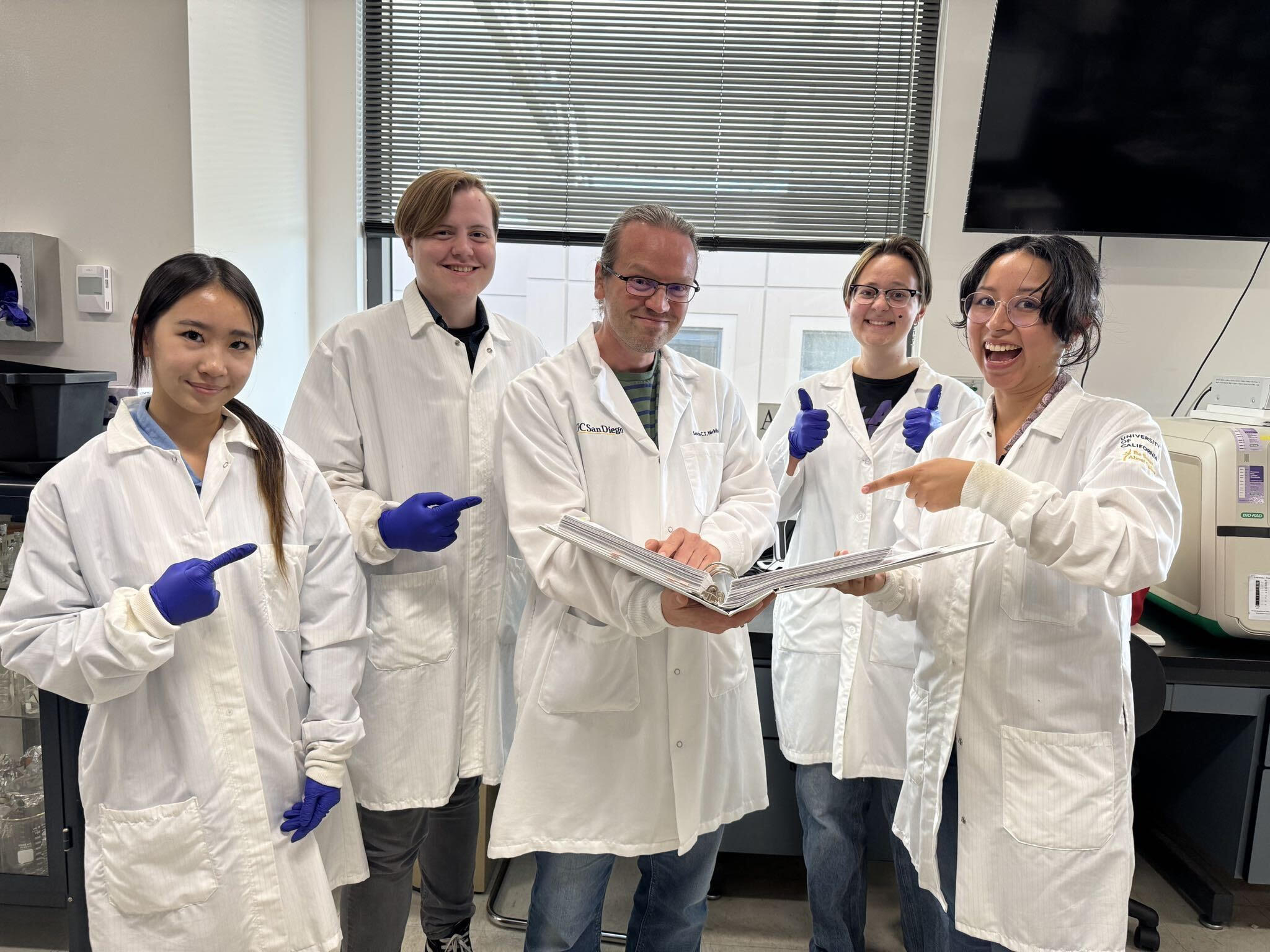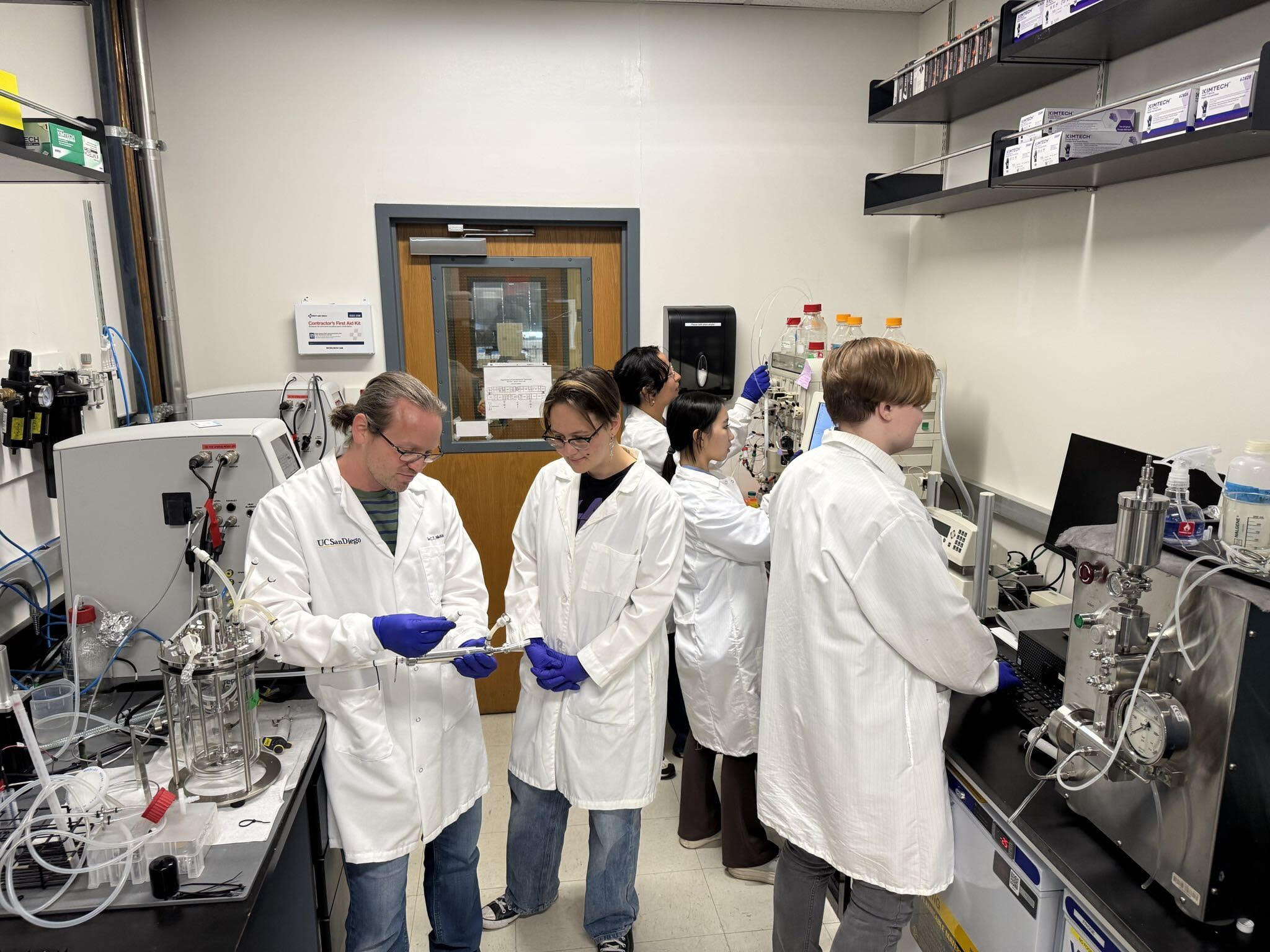This year's College of Agricultural and Environmental Sciences Winner is Dr. Sascha Nicklisch
The Nicklisch Lab studies how living organisms interact with chemicals in their environment, from pharmaceuticals and pesticides to food additives and pollutants. By studying these processes at the molecular level, the team seeks to understand how chemicals are absorbed, distributed and accumulated in organisms ranging from humans to honey bees. Recent projects include examining how chemical exposures move through bee colonies and contribute to pollinator decline and how pollutant-absorbed nanoplastics affect human health. Ultimately, the lab's research aims to advance greater protections for both humans and the environment.

Given the lab’s use of diverse chemicals, biological specimens and environmental samples, safety is essential. From the moment a new member joins, safety expectations are made clear through detailed onboarding, project-specific SOPs and supervised training. Lab safety officer Angela Encerrado often reminds everyone, “No PPE, no science.” Regular lab-wide cleanups and daily end-of-day walkthroughs ensure the space remains safe, organized and hazard-free.
The Nicklisch Lab also hosts weekly “mini town halls” at the start of lab meetings to discuss safety concerns, review incidents and refine procedures together. “We discuss errors openly in our lab meetings, not to assign blame but to understand what went wrong and how to prevent it in the future,” said Dr. Nicklisch. Equally important is their use of the UC Chemicals app and website to maintain and update their chemical inventory and safely remove expired or unnecessary chemicals.

Looking ahead, the Nicklisch Lab plans to create short instructional videos and rotating safety presentations during lab meetings to make safety training more engaging and accessible. “By rotating the leadership of these discussions among our lab members, we empower everyone — from high school volunteers, undergrads and graduate students, to postdocs and the PI — to take an active role in maintaining our safety culture,” explained Dr. Nicklisch.
For Dr. Nicklisch and his team, safety is an expression of respect for science, colleagues and themselves. As he put it,
“Excellent science and excellent safety go hand in hand.”